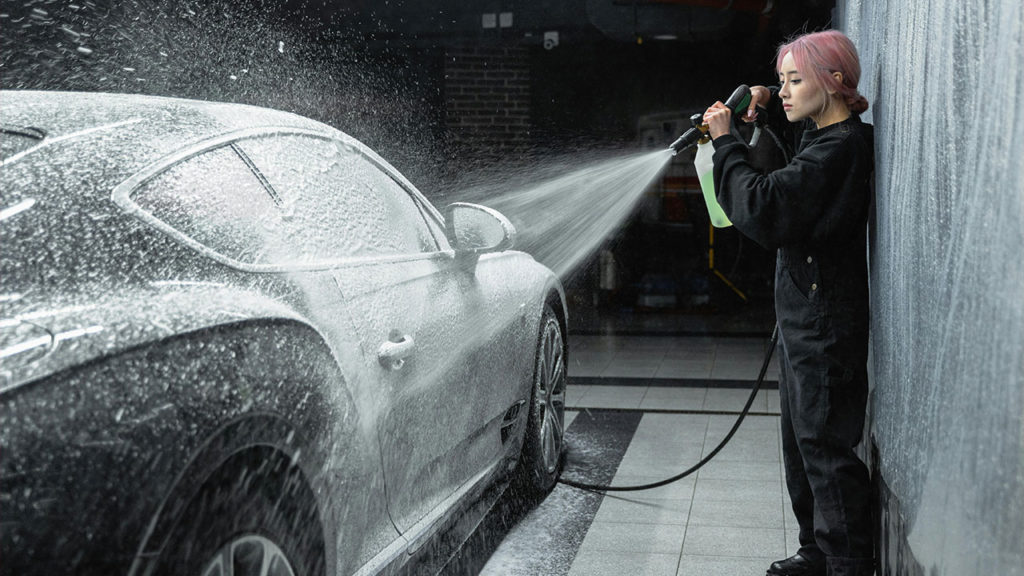If you’ve ever used a pressure washer, you know the satisfaction that comes from blasting away dirt, grime, and mildew with a powerful jet of water. But what many homeowners and professionals overlook is that the true magic of pressure washing lies not just in the machine, but in the wand. A high-quality pressure washer wand can be the difference between a quick rinse and a deep, efficient clean.
Whether you’re washing your driveway, cleaning a two-story home, or detailing your vehicle, your wand controls the reach, pressure, angle, and overall effectiveness of your washer. It’s not just a tool, it’s an extension of your power washer’s performance. So if you’re serious about keeping your property spotless, upgrading your wand may be the smartest move you make this year.

What Is a Pressure Washer Wand?
A pressure washer wand, sometimes called a lance, is the long tubular attachment that connects to the trigger gun or hose of your pressure washer. It’s the part you hold and aim during operation, and it’s usually where the nozzle is attached. The wand’s primary purpose is to direct the high-pressure stream of water toward the surface you want to clean.
Some wands are rigid, made from steel or aluminum, while others are telescopic or adjustable in length to help you clean hard-to-reach places like second-story siding, gutters, or undercarriages of vehicles.
Most pressure washer wands are designed to handle specific PSI levels (pounds per square inch), so it’s important to choose one compatible with your washer’s specs. Use the wrong wand, and you risk poor performance, or worse, damage to your equipment.
Why the Wand Matters
You could have the most powerful pressure washer on the market, but if the wand is too short, poorly built, or doesn’t support the right nozzles, your results will suffer. The wand affects:
- Reach: A longer or telescoping wand allows you to clean rooftops, gutters, and tall walls without ladders.
- Control: A good wand offers better handling, giving you more precision over the angle and pressure of your spray.
- Versatility: With the right wand, you can swap nozzles, use foam cannons, or connect surface cleaners with ease.
- Safety: Reaching high or awkward spots with a short wand can force you into unsafe positions. A longer wand reduces the need for risky ladders or overreaching.
In other words, the wand does more than deliver water, it determines how effective, safe, and enjoyable your pressure washing experience will be.
Types of Pressure Washer Wands
Not all wands are created equal. Depending on your needs and your machine’s power, you’ll want to choose a wand that fits your use case.
1. Fixed-Length Wands
These are straightforward and affordable. Made of stainless steel, aluminum, or brass, they typically range from 16 to 40 inches long. Best for basic home cleaning tasks like patios, sidewalks, or cars.
2. Telescoping or Extendable Wands
Designed to reach heights of up to 24 feet, these are perfect for cleaning multi-story buildings, gutters, or rooflines, no ladder needed. Most are made from lightweight materials like fiberglass or aluminum to reduce fatigue.
3. Articulating Wands
Some wands feature adjustable heads that let you change the spray angle. Great for cleaning under vehicles or in tight corners without bending or stooping.
4. Quick-Connect Wands
These use quick-connect fittings for fast nozzle changes or accessory swaps. Ideal for frequent users who need speed and flexibility.
5. Hot Water Wands
Built with heat-resistant seals and metals to handle higher temperatures, these are used with hot water pressure washers in commercial or industrial settings.
Key Features to Look For
When shopping for a new pressure washer wand, here’s what you should keep in mind:
- PSI Rating: Make sure the wand can handle your washer’s pressure output. Using a low-rated wand on a high-powered machine is a safety hazard.
- Length: Consider your cleaning needs, do you mostly work at ground level, or do you need to reach up high?
- Material: Stainless steel and brass wands offer durability, while aluminum and fiberglass are lighter and better for extended use.
- Nozzle Compatibility: Ensure the wand supports interchangeable nozzles and accessories you may already own.
- Grip and Comfort: A non-slip, ergonomic grip makes long jobs more comfortable and reduces fatigue.
- Weight: Telescoping wands can get heavy, especially when extended. Look for models with harness attachments or belt supports for ease of use.
Where Pressure Washer Wands Shine
- Home Exteriors: Remove algae and buildup from siding, gutters, and soffits without ladders.
- Driveways and Sidewalks: Easily blast away oil stains, mud, and moss with a powerful reach.
- Vehicles: Use a shorter wand with foam cannons to clean cars, RVs, and motorcycles.
- Decks and Fences: Apply even pressure to restore wood or composite materials without damage.
- Roofs: With the right telescoping wand, you can clear off leaves, moss, or debris safely from the ground.
Installation and Use Tips
Attaching a pressure washer wand is typically straightforward. Most wands use a threaded or quick-connect system. Here’s how to get started:
- Turn off and disconnect your pressure washer.
- Attach the wand to the trigger gun or hose using the compatible fitting.
- Insert the appropriate nozzle tip based on your cleaning task.
- Test the connection by running water at low pressure before full activation.
For best results, start with a wide-angle nozzle (like 40°) and gradually move to more aggressive tips (like 25° or 15°) as needed. Always wear safety goggles and gloves when pressure washing, and be mindful of nearby windows, siding, or soft materials.
Pros of Upgrading Your Pressure Washer Wand
- Extends reach for higher or tighter spots
- Improves cleaning efficiency and safety
- Compatible with a wide range of accessories
- More control for delicate or heavy-duty tasks
- Enhances the lifespan and performance of your machine
Cons to Consider
- Longer wands can be harder to maneuver in tight spaces
- Telescoping models may require additional support gear
- Incompatible fittings may require adapters or replacements
Still, for most users, the minor cons are easily outweighed by the added convenience, safety, and performance.
Final Thoughts
A pressure washer wand might seem like a small piece of gear, but it plays a big role in how well, and how easily, you can clean. Whether you’re a weekend DIY warrior or a professional contractor, investing in the right wand can save you time, reduce effort, and help you get better results.
It’s one of those upgrades that makes you wonder why you didn’t do it sooner. From top-tier telescoping models to budget-friendly fixed-length options, the right pressure washer wand turns an ordinary machine into a precise, powerful cleaning tool. Your home, your driveway, and your back will thank you.

 Carpet Stair Treads: A Simple Upgrade with Big Impact for Style and Safety
Carpet Stair Treads: A Simple Upgrade with Big Impact for Style and Safety
Leave a Reply